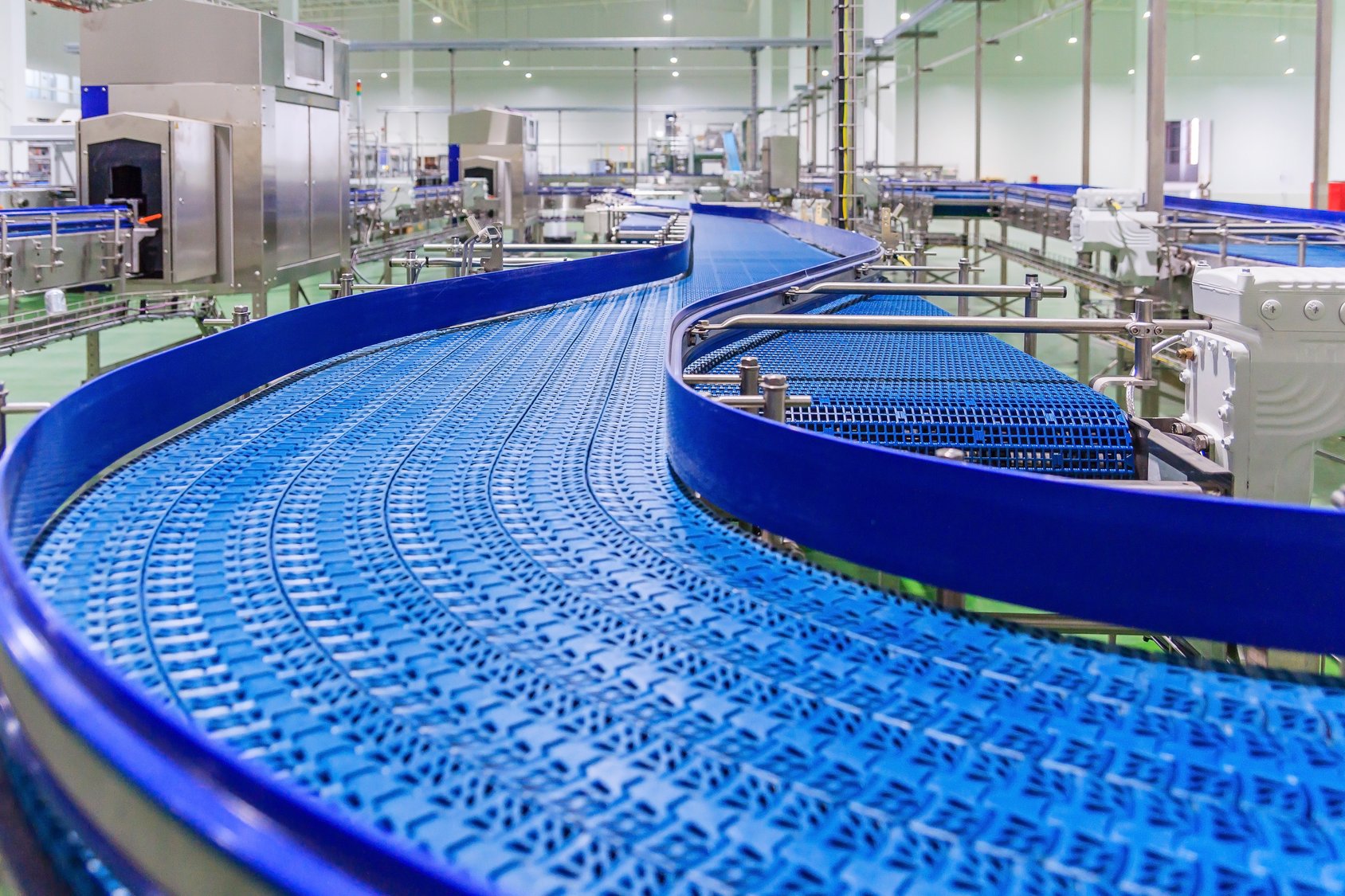Include IT for the best results
The role of Information Technology (IT) in an ERP implementation project is very important. The IT manager should always be part of the project as their department will be responsible for assisting during the software evaluation, installing the software or connectivity, and providing the ongoing infrastructure support needed for an optimum-performing ERP system and environment.
Role of IT in ERP evaluation
The initial responsibility of IT is to participate during the software evaluation. IT will be able to provide guidance in many crucial areas, such as providing options on what makes the most sense for deployment options at your company.
IT can identify stand-alone and homegrown systems that need to be replaced (this is critical). Another important contribution is listing the most-used custom reports and required metrics and KPIs.
Role of IT in ERP implementation
IT assists in many areas of the next phase—the implementation process. You need an implementation strategy to guide all activities and role players.
Free ebook: A Practical Guide to ERP Implementation
Regardless of the deployment method you choose, IT has a significant role in setting up the environment to allow users access to the new ERP. There are different sets of requirements based on the deployment method and IT plays a big part in each.
Deployment method requirements for ERP (IT Edition)
On-Premise:
Typically, IT works with the ERP vendor for hardware requirements and server sizing. IT needs to establish compatibility with current hardware and operating software, including email integration, CAD integration, and third-party products. IT also procures the new server that the ERP software will be installed on.
Hosted:
IT needs to ensure good performance when choosing a hosting partner. IT helps the hosting company with necessary security clearances and sets up access for new ERP users. IT also typically assists with the process of obtaining quotes from various hosting companies and is part of hosting contract negotiations.
Cloud:
Cloud is the simplest method of deployment from the perspective of IT effort. However, IT has to make sure that performance is acceptable. Also as part of this deployment method, IT supplies lists of users to the ERP provider, manages ERP access, and certifies browser compatibly for true, web-based systems. Of note, some ERP companies use the term “cloud” when they are simply hosting the software and providing access via Citrix or a terminal server. These environments require additional set up and maintenance, versus true cloud providers.
Related: Deployment for Infor ERP Systems
Related: ERP Cloud vs. On-Premise
Role of IT in infrastructure requirements
You need a war room where team leaders can access the software during procedural development and piloting. You also need a training room or proper environment to train end users. IT should play a big part in choosing and setting up both of these rooms.
Another critical area requiring IT’s assistance is data conversion. The IT team extracts legacy data from various systems for data cleansing and data migration. Before go live, dynamic data will be extracted as well, including open orders, open work orders, open purchase orders, open AR, and open AP. IT pulls this information from the old system for entry into your new ERP system.
Other important infrastructure needed is barcoding devices used for labor collection, material transactions, and possibly time and attendance. IT serves a critical role working with the ERP vendor to ensure compatible devices are in place and there’s proper system connectivity. For example:
- Labor collection is relatively simple as standard PCs can be used with wedge scanners in a kiosk. However, apps can also be used on an IOS device or tablet for mobility.
- Material barcoding units can be a significant investment and need a proper infrastructure, such as a Bluetooth environment or RF signal for unit connectivity.
- Label printers, as well as label design and printing software that is compatible with the ERP may also be needed.
Role of IT in ERP post go-live support
ERP IT ongoing maintenance is relatively simple with a true cloud offering—your ERP provider performs software updates and upgrades as part of the subscription. Conversely, in a hosted or on-premise environment, IT has to stay up-to-date on software patches, service packs, and version upgrades as they become available. IT applies the patches and service packs as well. IT may be able to facilitate version upgrades themselves, or contract with the ERP provider or partner to perform the upgrades.
IT also needs to establish compatibility with existing IT infrastructure as the ERP provider makes changes and enhancements to the software. Those areas of attention may include SQL Server or Oracle databases, PC operating systems, Outlook versions, and other interfaced solutions.
Summary
The CIO, information technology manager, IT team, ERP IT team, or IT person at your company will play a critical role in an ERP project. IT must be included throughout the process and for ongoing support. Don’t exclude them as they will ensure proper performance for your ERP system and the surrounding ecosystem.
Visual South offers guidance on all things ERP for small to medium-sized manufacturers and production companies. We are also more than happy to provide a free consultation about managing your ERP implementation, evaluating ERP, or just wanting to get better with your current ERP. Reach out to us for a free assessment.








